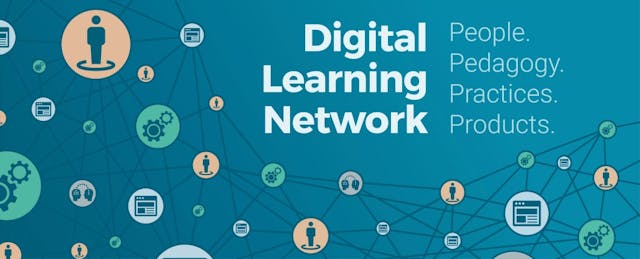Open, personalized and adaptive—the latest trends in digital learning promise to help more students get to and through college. At EdSurge we’ve heard inspiring stories of faculty developing digital learning environments that take students to virtual medical labs and outer space and into the inner workings of cells. We’ve met faculty members deepening relationships with online students by recording personal audio messages and using social media to give learners a voice. Still others are pioneering wearable technologies to blend physical and virtual classrooms.
New digital learning practices and products have their share of hype, too. As researchers and reporters, we know there’s an abundance of resources and conferences celebrating “the next big thing!” There is no shortage of companies claiming to be “the solution” for higher-ed practitioners.
To make sense of the new landscape over the past six months, EdSurge’s new HigherEd team has completed over 100 interviews and held dozens of meetings with educators, institutions, students and product developers to learn about their experiences—good and bad—with digital learning and discover what they see as the trends that really matter in improving the affordability, accessibility and quality of a postsecondary degree.
Our goal is to separate myth from reality regarding edtech’s role in higher education. Building on what we’ve learned so far, we’re excited to launch the Digital Learning Network, a space to explore the potential of digital practices and products through stories, information and community.
Why does this work matter? More students today come from nontraditional backgrounds—they’re working while in school; they’re parents; they’re the first in their families to go to college. Digital learning has the potential to give these students—to give all students—more flexibility and support to complete their education. To date, these promises remain largely unfulfilled.
This network is the starting point in our efforts to better link the scholars, practitioners, institutional leaders and entrepreneurs driving these changes. Too often these pieces of the puzzle are disconnected. Educators want to know what’s working with their peers; entrepreneurs want to include learning science research and faculty feedback in their product development. The Digital Learning Network will connect those who want to shape technology’s influence on higher ed.
This site is a pilot in digital learning exploration. We have a lot to learn, so we invite you to join the conversation, explore these resources and let us know what you think. The Digital Learning Network is a point of departure—not a final product. Let’s move higher education forward together!


